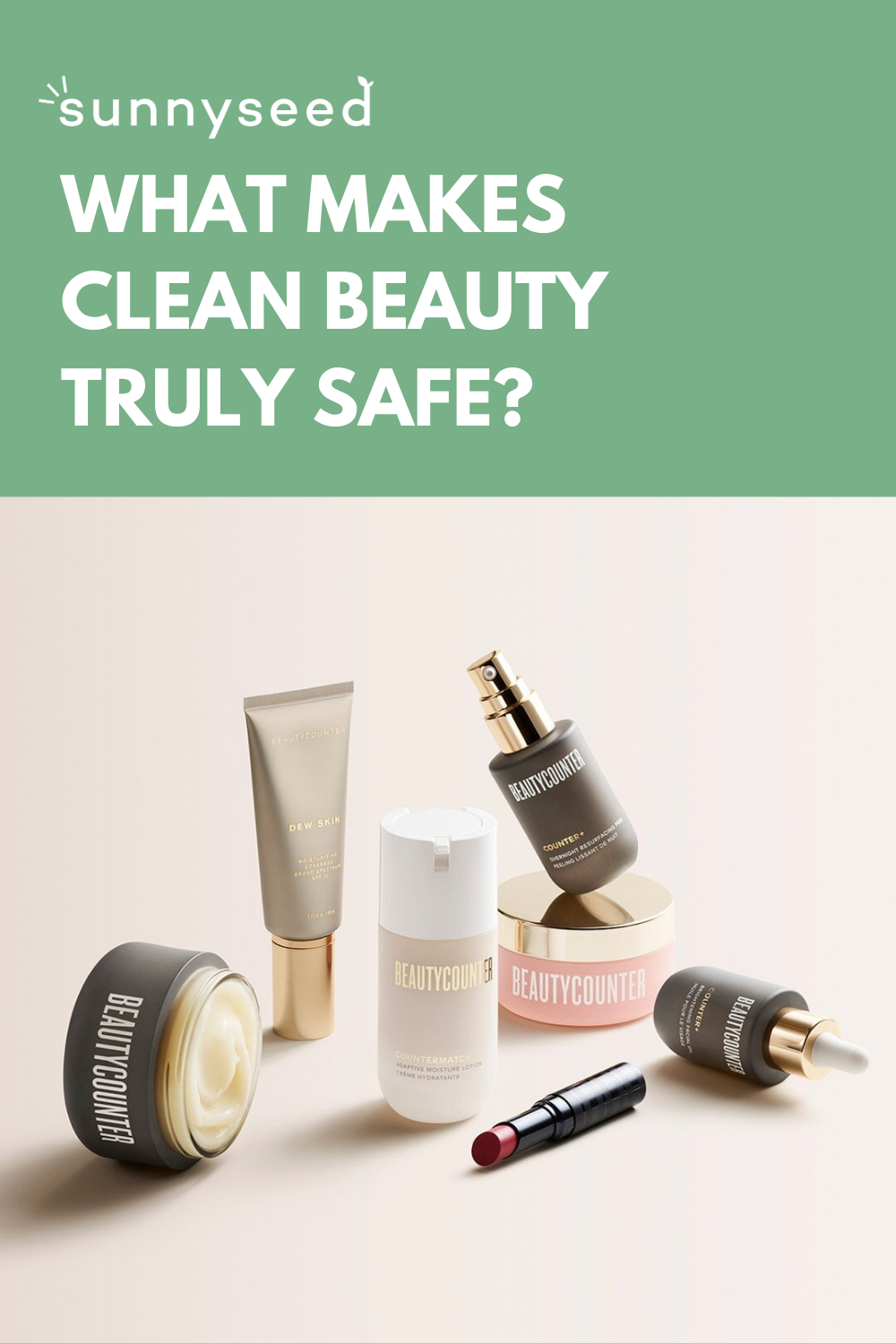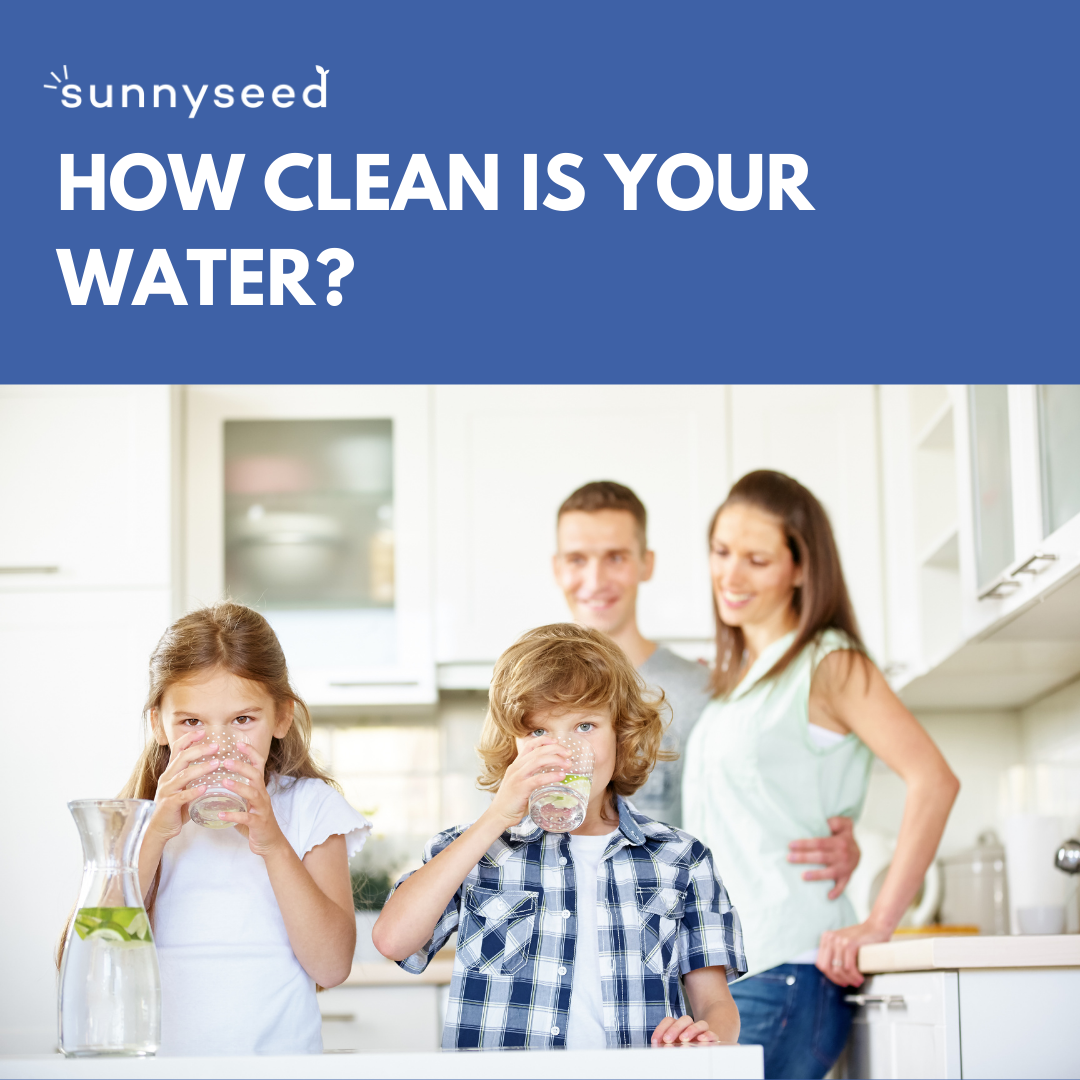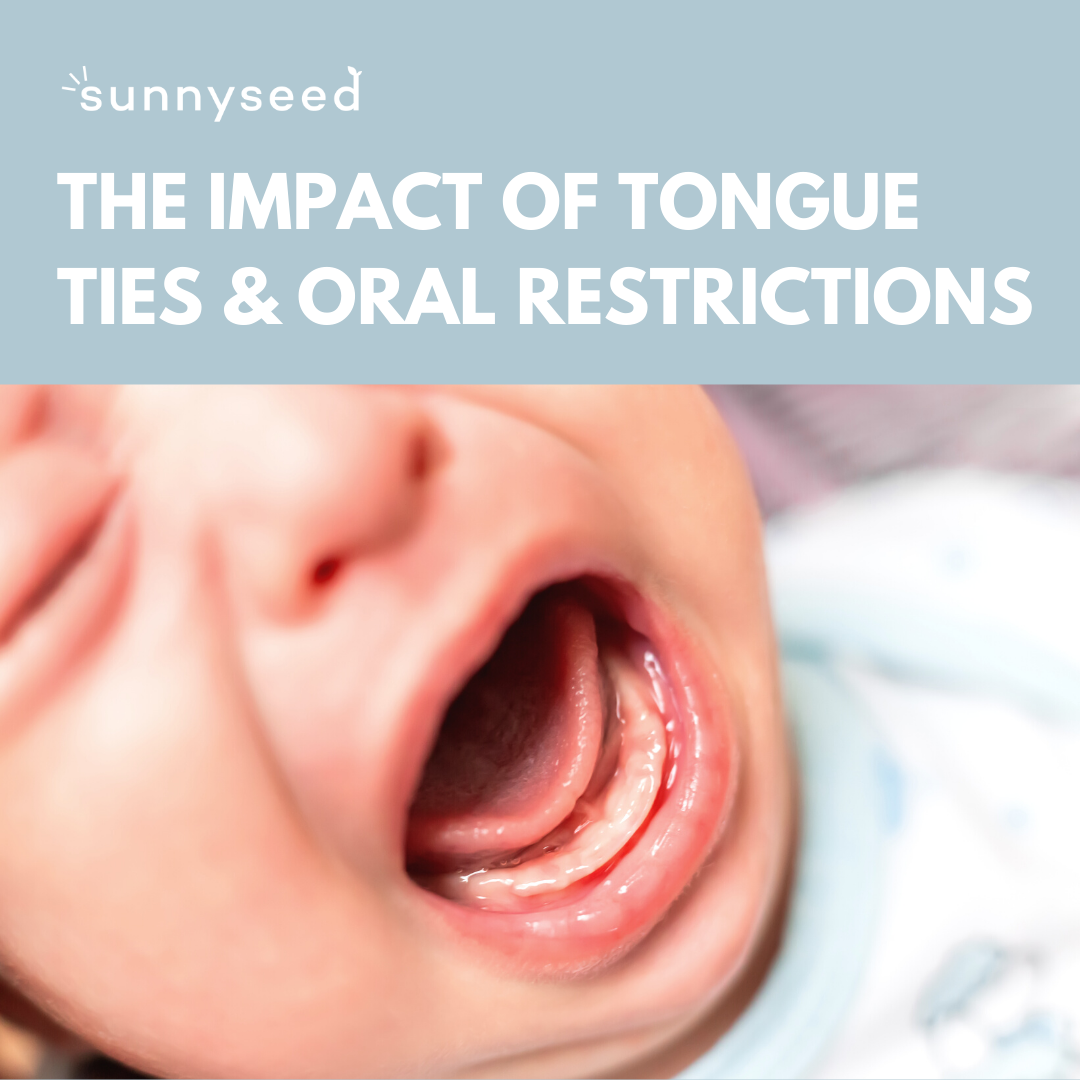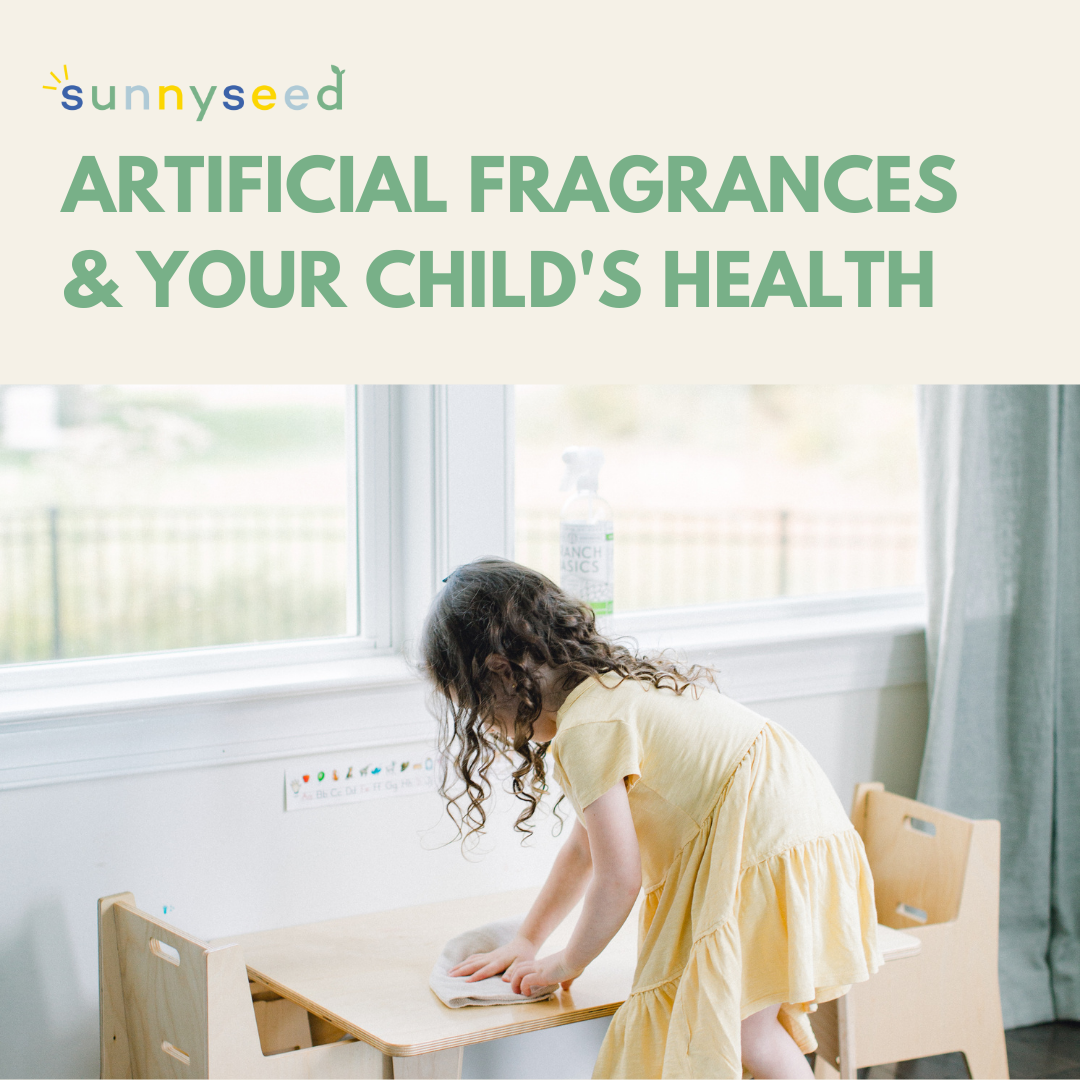What Makes Clean Beauty Truly Safe?
Hey there! If you’re new to my blog and haven't read How Toxins in Makeup Impact Our Health, start there before you dive into this follow-up post!
My Story
I’ve been passionate about clean living since 2014, and although Beautycounter was one of the first clean products I’ve ever used (it was gifted), I immediately wrote them off without even looking into their products or company.
Over the years, I tried hundreds of products from over 30 different clean beauty brands, only to be mildly satisfied with their performance. In 2016, out of sheer desperation to find a clean foundation that actually worked, I decided to learn more about Beautycounter. Seeing celebrities wear Beautycounter on the red carpet piqued my interest, but I was still very skeptical. I researched heavily…maybe obsessively for months.
What I learned shocked me
Makeup and skincare companies do not test their products for safety, especially for heavy-metal contamination, which is very common in products that are mineral based or use natural colorants from the Earth. The FDA found unsafe levels of lead in the “natural” Burt’s Bees lip sheer I used, among 400 other lipsticks tested. I was furious. I was being so intentional and investing in “safer” products even on my teacher budget, only to learn they weren’t as safe as I believed. Beautycounter is the only company I have found in my years of research to third-party test to ensure their formulations are always 100% safe.
I was likely using makeup products with human rights and child labor concerns (i.e. mica and vanilla). Beautycounter is the only beauty company to personally visit every sourcing location and audit for ethical sourcing and production. Here’s an example
WHY BEAUTYCOUNTER STANDS OUT
Beautycounter has a science advisory panel of experts, including analytical chemists, toxicologists trained in hazard assessment, and green chemists on staff leading unparalleled testing and screening. One result of their research is their Never List - an industry-leading list of over 1,800+ ingredients Beautycounter never uses in products. They’ve even gone as far as replacing the piping in manufacturing to ensure no phthalates entered products.
EWG verified, Leaping Bunny Certified, B Corporation, and winner of countless beauty and business awards.
Lobby to congress for stricter laws, regulations, and greater transparency.
They have partnered with Tufts University, the leader in endocrine research, to third-party products at sourcing, production, and post-production for 23 human and environmental safety endpoints.
I’ve gathered some of my research to highlight why Beautycounter is now my favorite, most-trusted recommendation when it comes to clean makeup and skincare. They are paving the way for safer products and leading with transparency, education, advocacy, and product performance.
SAFETY
HEAVY METAL SAFETY
Products that use things mined from the earth, like natural colorants used in makeup, contain heavy metals. Heavy metals accumulate in the body and can be toxic to the brain, which is why it is so important to reduce the risk whenever possible. You can learn more about the harmful toxins in makeup here.
Currently, the FDA does not require companies to screen, test, or limit heavy metals in their cosmetics. They provide recommended limits, but if a company discovers dangerous levels of lead in their lipstick, there is no authority to require them to recall the product.
The only way to know if makeup and personal care products contain heavy metals is to test them. Not just one time at sourcing, but regularly at every stage of sourcing and production to ensure that levels do not change as the supply chain is modified over time. Beautycounter TRIPLE TESTS every batch of makeup at sourcing, production, and post-production. I don’t know of any other company that takes safety this seriously.
Heavy metal content can even vary from one corner of blush to another so it’s also important companies test consistently with fidelity using appropriate testing.
TALC
Talc is a mineral commonly found in powdered makeup to provide a smooth finish and even laydown that contributes to product performance. The concern with talc is that it is commonly contaminated with asbestos (a carcinogen).
To mitigate the risk of asbestos contamination in the five Beautycounter products that contain talc, Beautycounter requires the supplier certify the quality of talc. They also conduct additional third-party testing on each batch of talc supply, using what is currently the most sensitive testing method and instrument.
While they are confident in the safety of the talc used in formulations, which is screened for asbestos, at the request of clients, they will be introducing talc-free formula replacements by the end of 2020.
Since Beautycounter first launched color cosmetics in 2014, they have been trying to create cosmetic formulas without talc. When doing so, however, the heavy metal tests failed their strict safety limits due to using other minerals as ingredients in place of talc. After several years they have made progress on color formulations without talc that also meet our strict heavy metal limits and product performance. To my knowledge, other makeup brands that claim to be “talc free” do not perform heavy-metal testing.
The following products are currently formulated with talc and will be replaced early 2021: Velvet Eyeshadow Palettes, Necessary Neutrals Eyeshadow Palette, Satin Powder Blush, Radiant All Over Bronzer, Luminous Powder Highlighter.
PHENOXYETHANOL
Short Version
Studies claiming phenoxyethanol as harmful are flawed and not based upon peer-reviewed research (the gold standard) . There is no scientific evidence to show that phenoxyethanol is a hormone disruptor, neurotoxin, or carcinogen.
The widely respected EU’s Scientific Committee on Consumer Safety, EWG, and MADE SAFE deemed phenoxyethanol as a safely used preservative at less than 1% of the product formulation.
Currently, 37% of Beautycounter formulations have varying amounts of phenoxyethanol, but all less than 1% of product formulation. This ingredient has been third-party tested for safety by Tufts University – the leader in endocrine testing. It has been proven to not contain 1,4 dioxane and not cause hormone disruption or neurological damage.
Long Version
Phenoxyethanol is a common cosmetic preservative in skin care products, shampoos, liquid washes, mascaras, and foundations. Companies need to preserve their products, whether they are using natural or synthetically derived ingredients, to prevent bacteria, yeast, and mold from growing. When there is water in a cosmetic product, it needs a broad-spectrum preservation system, because bacteria in products is dangerous! (Note: There is research on bacteria in cosmetic products.) The only way companies can claim to be truly “preservative-free” is if they are asking their customers to store their skin care products in the refrigerator with clear expiration dates.
It wasn’t until I experienced mold first hand that I began to research preservatives. Based on the scientific data and testing, I feel confident the small percentage of phenoxyethanol (less than 1%) in 37% of Beautycounter products is a safe (and necessary) preservative.
In general, I avoid phenoxyethanol from other brands because I can’t confirm the amount that is being used, where it is sourced, or how it is manufactured (2-phenoxyethanol).
However, Beautycounter has tested their phenoxyethanol by a state-of-the art in house testing lab and by a third-party, Tufts University – the leader in endocrine testing. It has been proven to not contain 1,4 dioxane and not cause hormone disruption.
The widely respected EU’s Scientific Committee on Consumer Safety deemed phenoxyethanol as a safely used preservative at less than 1% of the product formulation.
The two leading third party certifications for non-toxic personal care products: MADE SAFE and EWG Verified, both have carefully reviewed the science and deem phenoxyethanol safe when used within the E.U.’s guidance.
There is no scientific evidence to show that phenoxyethanol is a hormone disruptor, neurotoxin, or carcinogen.
I will share the studies below, but should you still choose to avoid phenoxyethanol, the Ingredient Glossary will tell you which products to avoid.
UNDERSTANDING THE CLAIMS
Skin & Eye Irritation
1. All Beautycounter products, including those containing phenoxyethanol, are tested clinically through patch-testing for dermal sensitivity.
2. Adverse systemic effects have been observed in toxicological studies on animals but only when the levels of exposure were many magnitudes higher (around 200-fold higher) than those to which consumers are exposed when using phenoxyethanol-containing cosmetic products. Despite its widespread use in cosmetic products, phenoxyethanol is a rare sensitizer. It can be considered as one of the most well-tolerated preservatives used in cosmetic products. PMID: 31588615
3. One study showed exposure to the chemical through oral ingestion of very high doses of the ingredient (around 4 fold of what is actually used for most skin care products). This study has not been replicated, and isn’t relevant to the way the ingredient is used by a clean beauty brand.
4. There is one report of a 67 yr. old man with ulcers, who was on a variety of medications reacted to doppler gel, which contained many parabens. The patch tests were inconclusive and the diagnosis was considered “co-sensitization with parabens.”
5. Phenoxyethanol was nonirritating to the eyes when tested at 2.2%.
Endocrine Disruption
1. Tufts University conducted two studies in 2015 and 2018 to understand any possible endocrine effects of phenoxyethanol. The findings from these studies show no estrogenic, anti-estrogenic, androgenic, or anti-androgenic activity at any dosage tested, even those significantly above the levels in Beautycounter’s formulas.
2. This study investigated a possible correlation between levels of glycol ethers in women’s bodies and how long it took them to conceive.
· This study did not test phenoxyethanol, but rather glycol ethers.
· This study relied on a self-administered study (a methodology not recognized by the scientific community)
· This study did not find a cause and effect.
· The findings were not replicated or corroborated by other scientific studies.
3. Phenoxyethanol was not classified as a reproductive toxicant in EC No 1272/2008
4. Phenoxyethanol does not bind to or accumulate in the skin.
Neurotoxicity
1. This study was an isolated study of 3 patients and we have not seen further examples of this type of exposure effect. A scientific commentary (see citation) was located and provided anecdotal evidence that the initial patient evaluations in this study were performed months after exposure had stopped, so there is not an accurate baseline during exposure and no clear indication what caused symptoms.
2. Upon further review of this study from the science advisory panel, it was noted that the decrease in activity was reversable and the 8% reported decrease was seen at 100 uM concentration. Based on the research, the potential concentration of phenoxyethanol metabolites in urine on average is ~3uM. Since phenoxyethanol is rapidly metabolized to phenoxyacetic acid in humans the amount of unmetabolized phenoxyethanol present in the body would be significantly lower. It should also be noted that it can be difficult to translate in vitro cell results into in vivo effects.
3. This study was completed on rats who were administered 11 doses for 15 days. No treatment-related abnormalities were noted upon microscopic evaluation.
Carcinogenic
1. Beautycounter’s products were third-party tested and do not contain any 1,4 dioxane or ethylene oxide contaminants. Companies need to be testing their source of phenoxyethanol for common contaminants like 1,4 dioxane.
IMPROVING EFFORTS
Beautycounter is a founding leader in the Green Chemistry and Commerce Council (GC3) Preservatives Challenge, where companies have pooled resources to find viable alternatives to existing preservatives or new preservative systems.
Beautycounter also leverages advocacy efforts as a Steering Committee member of the Sustainable Chemistry Alliance, a coalition of industry leaders who are working together on Capitol Hill to advance legislation that would fast-track greener and safer chemicals to the market.
ADDITIONAL INFO
· How Toxins in Makeup Impact Health
· American Academy of Pediatrics (AAP)
· Endocrine Society (ES)
· American College of Gynecology & Obstetrics (ACOG)
· American Nurses Association (ANA)












